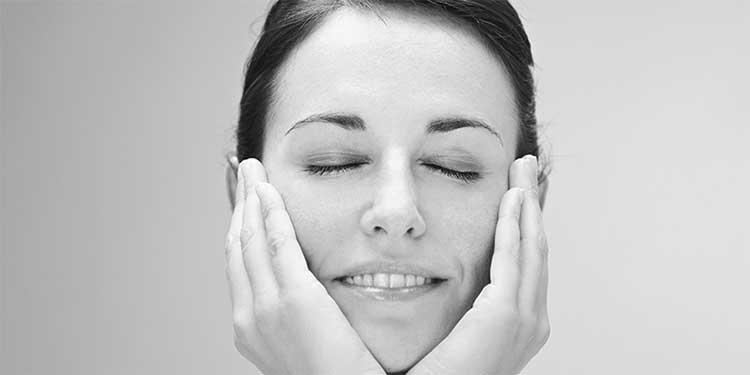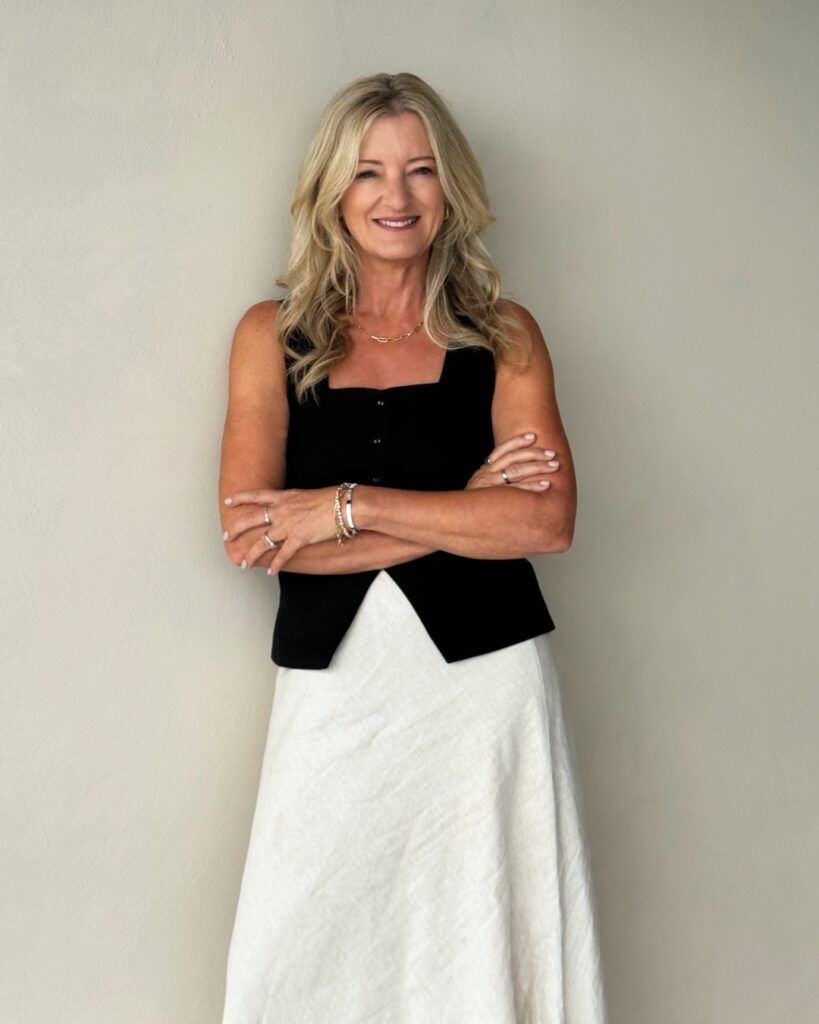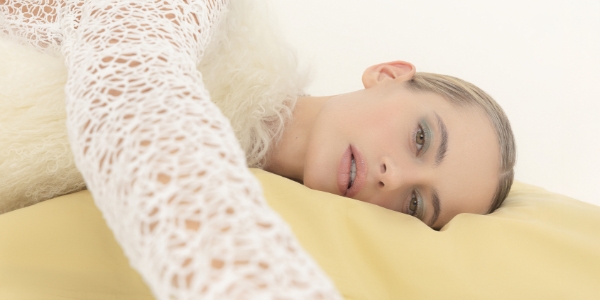
It’s not surprising that sun damage and pigmentation are some of the biggest skin concerns for New Zealand women, given our affinity with the outdoors.
Although many think that lines and wrinkles are the biggest giveaway of age, sun spots and pigmentation can be just as bad. Not all sun spots and pigmentation are alike and there are two main types you need to be aware of:
- Hyperpigmentation, where areas become darker
- Hypopigmentation, where areas of the skin become lighter
Dark spots or brown spots (Hyperpigmentation) are the most common and caused by an increase in melanin, which is the cell that produces the colour in our skin. The more melanin we have, the darker our skin.
Sun spots are dark spots (usually brown) which are induced by sun exposure. The sun stimulates the production of melanin and so you will see sun spots often forming after years of exposure to the sun. They are most common on the back of hands, arms and décolletage – basically any area the sun would hit on a regular basis.
Age spots are often referred to as sun spots, as they most commonly found on older skin, and are caused by UVA damage from early years of sun exposure. It can be hard to tell the difference between sun spots and age spots with the naked eye, however special UV light scopes can differentiate different types of spots.
Freckles are mostly a genetic condition, but sun exposure and other environmental factors can darken freckles.
Melasma is one of the most common dark spot concerns, and typically looks like patches of grey or tan/brown on the face, neck, chest and hands. Sun exposure, stress, hormonal changes and ageing cause these cells to produce excess pigment, resulting in brown patches. It’s also commonly seen on women during pregnancy, which is hormonal pigmentation.
Treatment
Photo rejuvenation is ideal for treating pigmentation and sun spots and it also aids in the production of collagen for a smoother, more even complexion. It uses light and heat to penetrate deep into the skin – the light from the laser is attracted to the pigment spot in the skin, causing the treated pigment to separate and come to the surface of the skin. This is what we refer to as the ‘Milo effect’ as it simply looks like little crusts of Milo on the skin, which then flake off resulting in reduced pigmentation.
Combining photo rejuvenation with other skin treatments and home care products will achieve optimum results. The number one product you need to remember is sun protection and you must apply sunblock everyday – even when there’s no sun! Arming yourself with antioxidants is also important, such as Murad’s Essential C Range which repairs sun damaged skin and also protects against future damage.
*This article was brought to you by Caci. If you have concerns about sun damage or pigmentation and would like to talk to a Caci specialist to determine whether photo rejuvenatation treatments are right for you, visit caci.co.nz.










